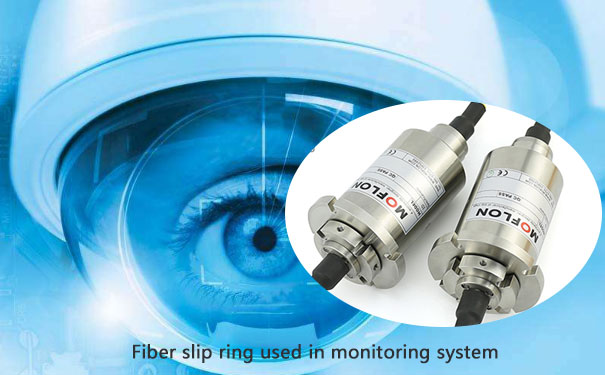slip rings, which are used to transfer electrical signals or current between stationary and a rotating part, have done a great service to all the industries. The simple design and basic structure have made it available in ready to use condition everywhere.

As we all know that a slip ring contains a metallic ring and a carbon brush which slides over any rotating part(a metal) to transfer signal or current does the main work but also has some cons. These cons include wearing and tearing of the brush, the timely replacement, ends to generating noise and heat due to friction. Hence, the cons do need an upgrade, or to say a 'major upgrade', which, though eliminates the cons and limitations of the traditional slip rings, retains all the properties and positives of its conventional counterpart.
To our rescue comes a special type of slip ring, which is known as 'wireless slip ring'. We are going to discuss in the next segment.
The main difference between a traditional and a wireless slip ring
Like traditional slip rings, wireless slip rings do not use typical metal and carbon brush contact methods. Instead, they transfer power or any electrical signal or data wirelessly via a magnetic field. The transmitter and receiver, though used, are placed in the stationary and rotating part respectively.

This is surely a worthy upgrade and one of the best applications of electromagnetism in mechanical devices. This also means they lack standard mechanical rotating parts like the conventional slip rings, which is not only a leap forward in innovation and application but also has some excellent and noticeable advantage over its forefather.
Advantages of wireless slip rings over traditional slip rings
The difference in the slip ring rotor mechanism of wireless slip rings gives it a cutting-edge advantage over conventional slip rings.
.The absence of carbon brush and other mechanical part over contact makes it more resilient in critical, harsh and sensitive environments.
.It doesn't contribute to noise pollution as no contact means no noise.
.Unlike the traditional slip rings, they don't require any replacement on a routine basis and in general also has less maintenance and upkeep.
.No contact also means no frictions, which ensures almost 100% efficiency in transmitting power or electrical signals.
The only limitation of the wireless slip rings function is that the amount of power that can be supplied over the transmitter and receiver via a coil is limited. On the other hand, the metal and carbon brush slip rings can transmit powers in orders of much more magnitude than its upgraded counterpart.

But in its operational range, the wireless slip rings do outcast any other slip ring in this category.
Conclusion
Slip rings, since the dawn of its invention and application in industries, have gone through a number of upgrades. The fact that contributes to this is its basic structure which can be moulded for use in works differing exponentially. Wireless slip rings are one of those upgrades in slip rings lineup which do requires attention and also has contributed more than enough over its expectation.
